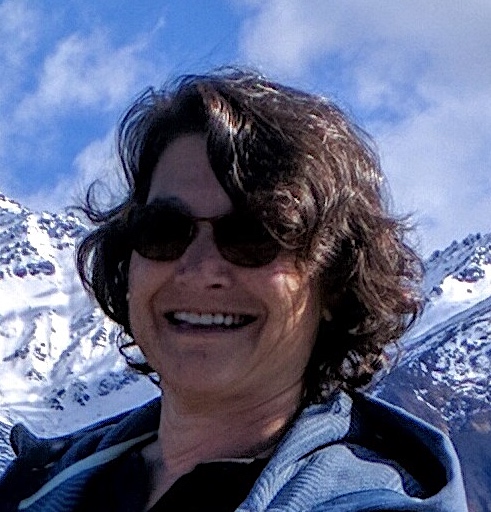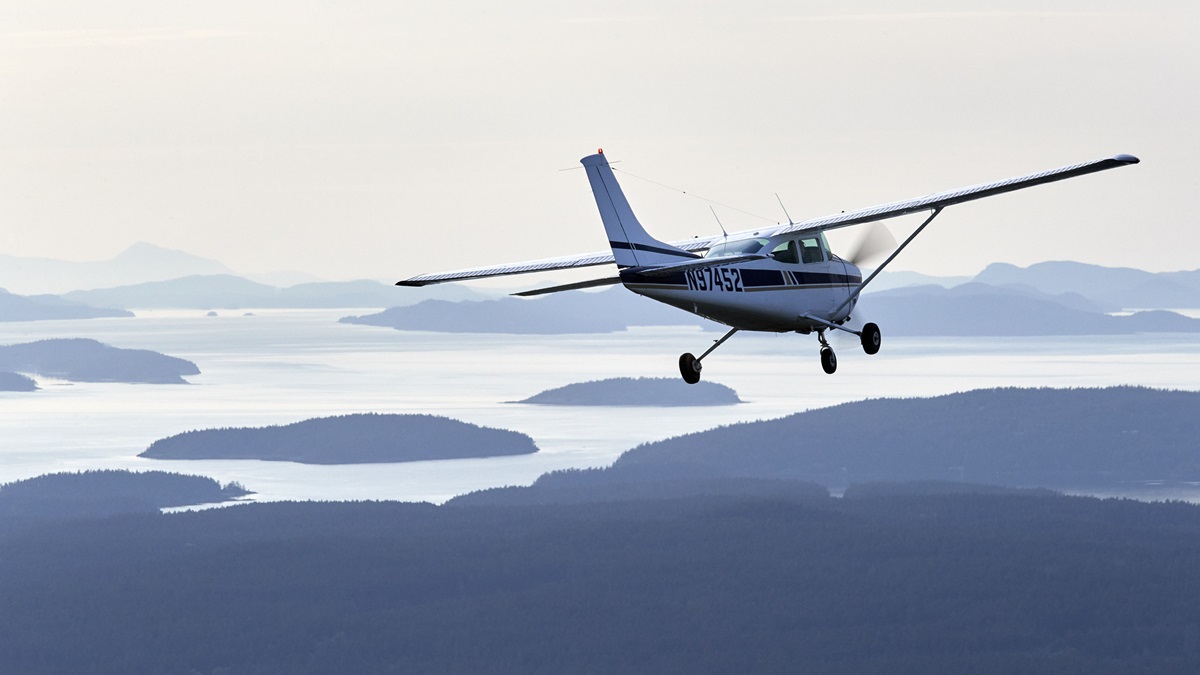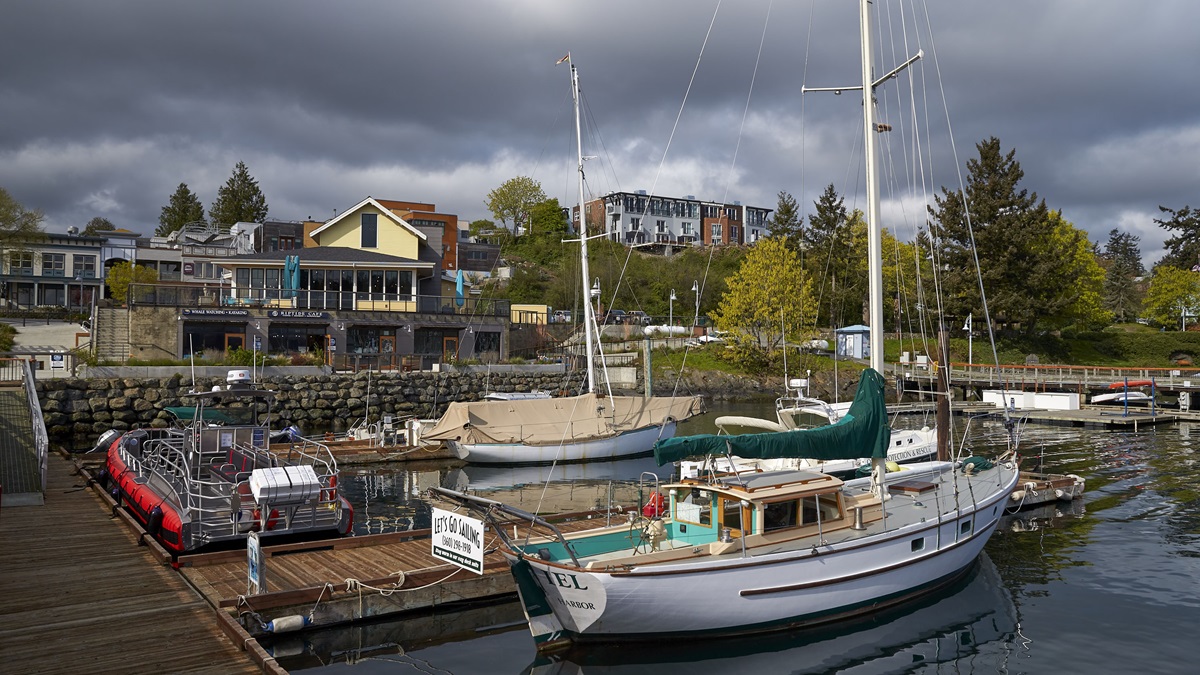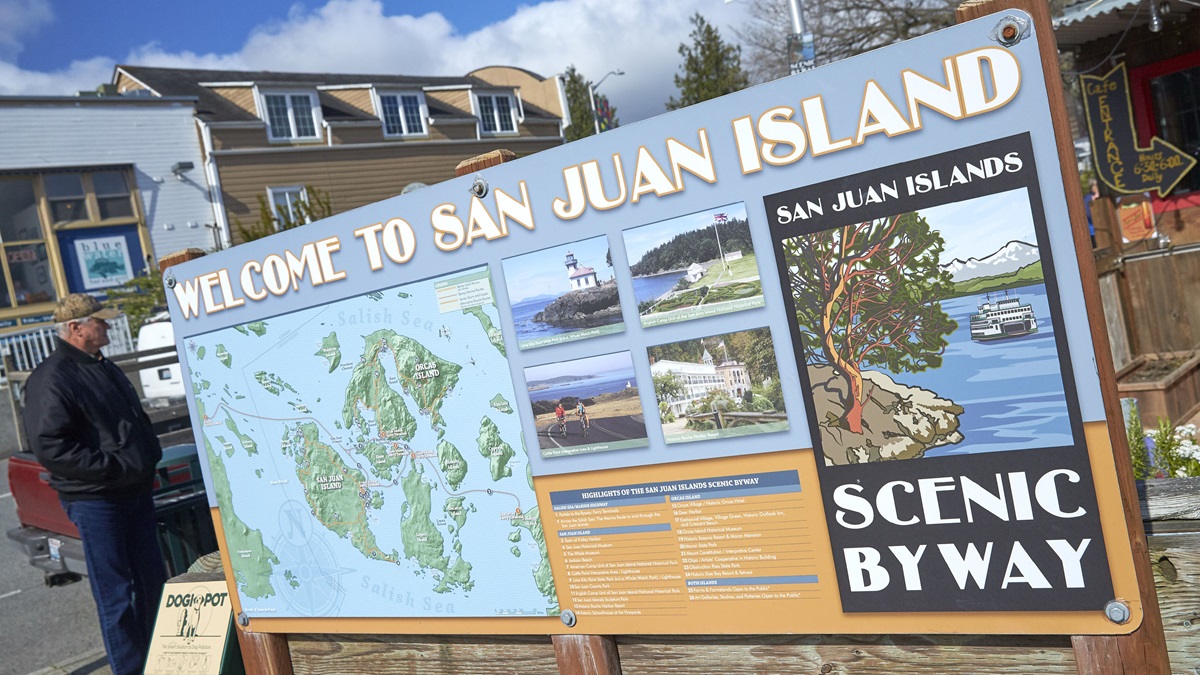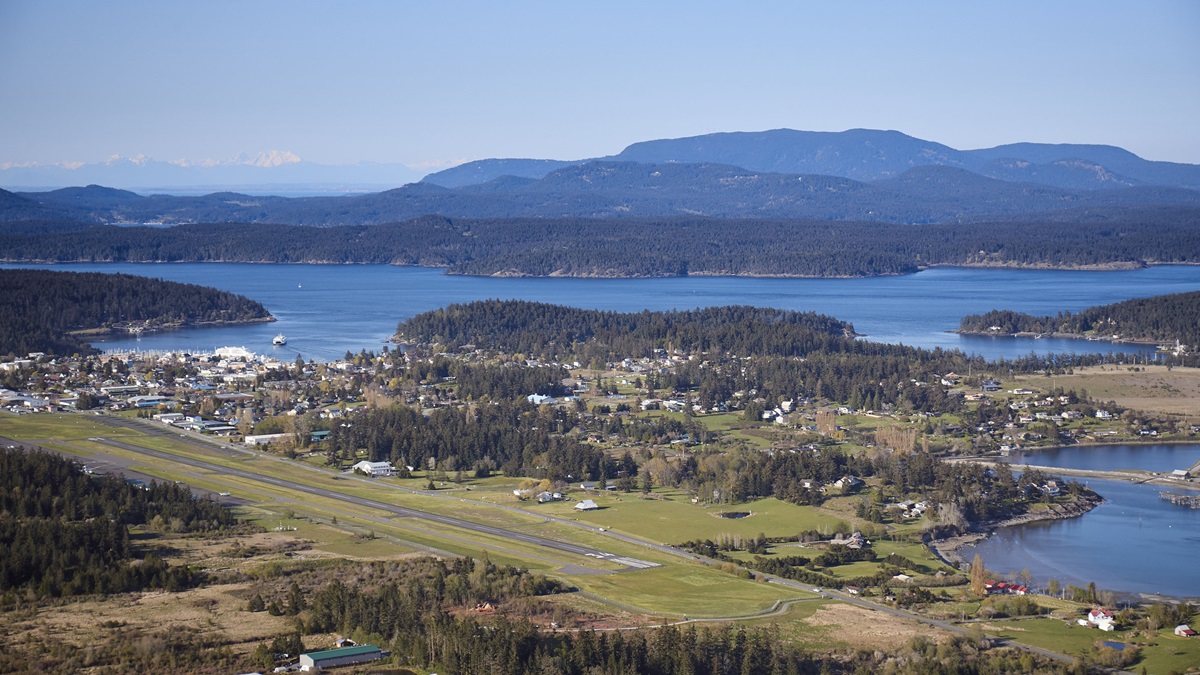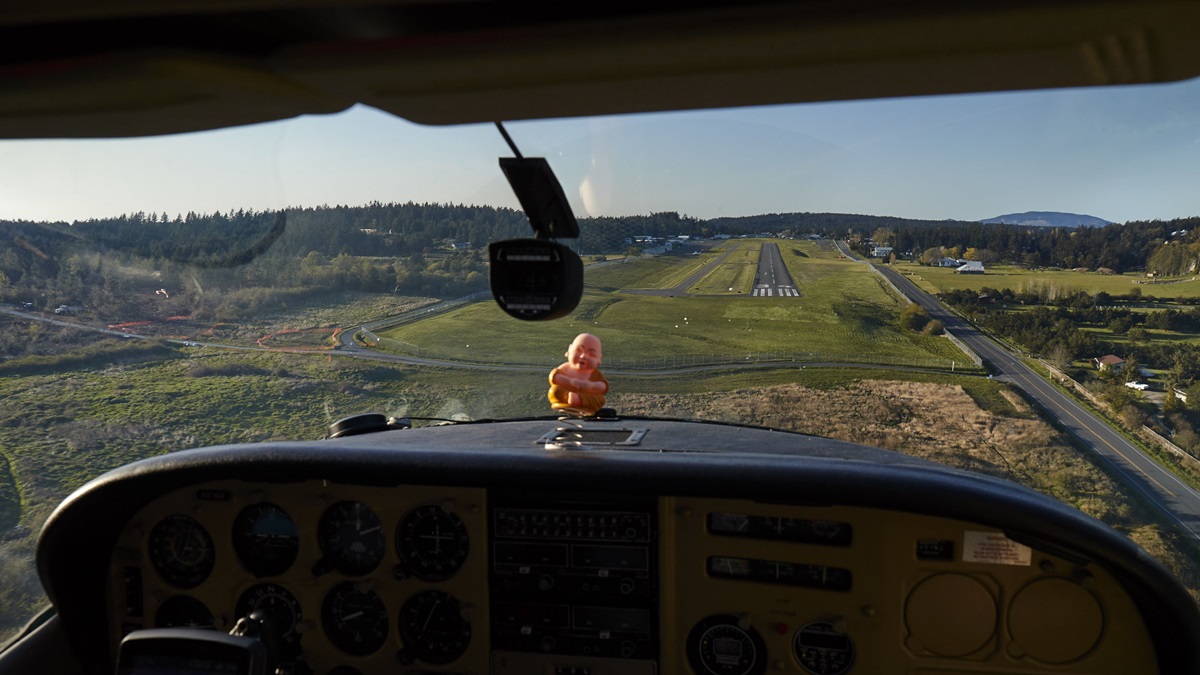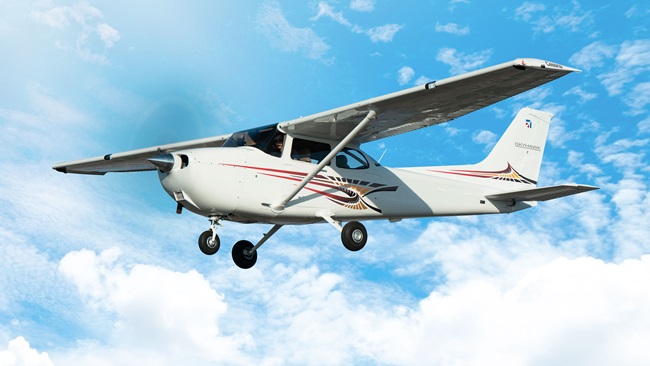By air and by sea: The San Juan Islands
You don't need a seaplane to enjoy this archipelago
The flight from the college town of Bellingham, Washington, on the mainland to Eastsound, Orcas Island, is so short that as the pilot you will hardly have time for sightseeing. So, if the weather is fine, pull the throttle back once you hit altitude and take a couple scenic laps around this stunning horseshoe-shaped island. Mount Constitution frames Cascade Bay to the east, while slightly lower Turtleback Mountain spills west into Deer Harbor.
Weather in the summer consists of the occasional cool front (a summer cold front) bringing wind and rain, rarely lasting long. There is often fog in the mornings, followed by clear, hot afternoons, and warm, lingering twilights.
Other island runways have their own quirks, so take the time to research local knowledge before you arrive. You might also discover tips for better lodging or rental wheels. We learned that parking in the grass for airplane camping and paying the monthly rate at Eastsound saved us enough for a couple of excellent takeout dinners from the local Saturday market and a delicious bakery breakfast from Roses Bakery Cafe (all walkable from the airport). Sandwiches from the Orcas Food Co-op rounded out our camping diet; not fancy but delicious eaten sitting in a camp chair watching the daily traffic on the runway come and go.
We started our sojourn with airport camping (there is a shower room and public toilet, protected by a combo lock and cleaned and maintained by its users and their generous donations). We spent one night a few days later at the glamorous Rosario Resort and Spa and had a memorable meal at The Mansion restaurant while watching Kenmore Air seaplanes weave deftly between the maritime traffic in the marina. We then hired a sailboat out of Deer Harbor on the other side of the island. The 61-foot former racing ketch Winkapew became our home for five days and four nights, carrying us to the more remote islands.
Why a sailboat? A sail is but a giant vertical wing poised to fly. We saw 13 knots forward speed one blustery morning. The adventure was a glider pilot’s dream.
Captains Karl and Don from Kruger Escapes took us on long walks to deserted lighthouses, across tangled woods in state parkland to secluded rocky promontories, and high up grassy mounts where we could look out across the Strait of Juan de Fuca and watch the whale watchers chase down and circle pods of orcas, also clearly visible from above. The vistas were sweeping...the hardwood forests enchanting, the treacherous currents running furiously around the islands appropriately intimidating (we even saw churning whirlpools where currents clashed). They took us past lighthouses with illustrious histories and tucked us into intimate coves each evening, perfectly positioned for dramatic sunsets. We like to sail, and our crew made sure we got as much sailing as the weather would permit. And the food? They asked us what we liked and then delivered, even pulling in fresh Dungeness crab. Heavenly! On the final day of the trip we sailed that ketch straight off anchor and all the way back to Deer Harbor without ever firing up the boat’s inboard diesel. It was an exercise in energy management this pilot won’t soon forget.
